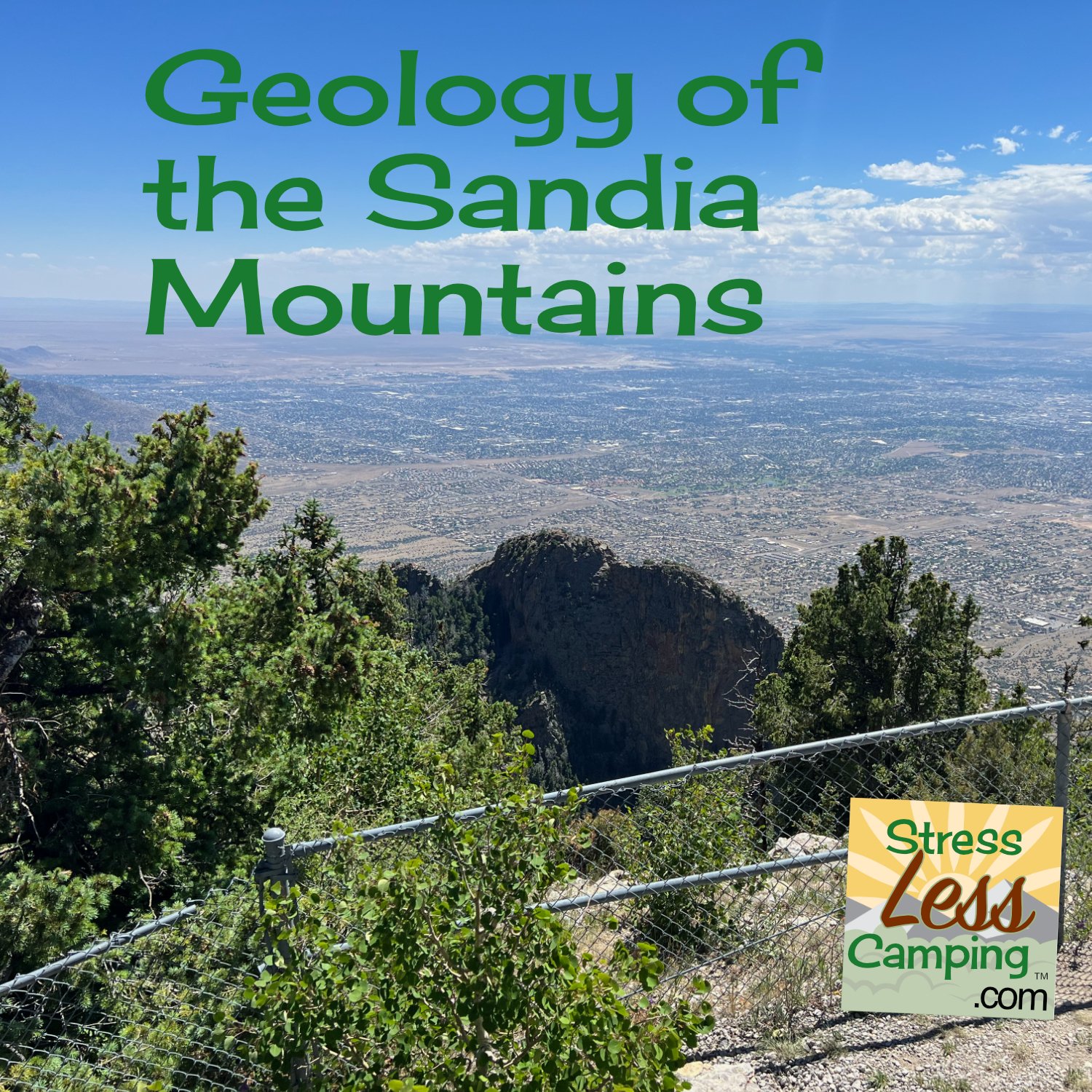The Geology of Sedona, Arizona
Sedona, Arizona, is known for its stunning red rock formations and diverse geological history, shaped over millions of years. We visited Sedona recently. As I always am, I was still in awe of the glory of the rock formations that surround the city. Aside from all the other amenities and natural beauty in Sedona, the rocks never fail to have me in awe.
Geologic Setting
Geologic Strata of the Mogollon Rim from arizonaruins.com
Sedona is located just at the base of the Mogollon Rim, a steep slope known as an escarpment. An escarpment is not only a steep slope, by definition it is a slope that separates two level land surfaces The slope runs east-west through the middle of Arizona. The Mogollon Rim is about 200 miles long, and ranges between 2,000 and 3,000 feet in height.
In the Sedona area, erosion has gradually eaten away at the rim. This caused the steep scarp between the Sedona and Flagstaff areas. Erosion on the Sedona “layer” has eaten away at the rim northward. The base of the escarpment is now about four miles from where it originally formed, leaving behind spectacular canyons and buttes.
Buttes
Butte? It’s pronounced like cute, not butt. Buttes are small, free-standing hills with a flatish top and steep sides. They are typically not as tall as they are wide at the base. Buttes are what remain after gradual erosion by wind, water, and ice. While once part of the layered landscape, the more resistant rock stands tall over the eroded surroundings.
Sandstone and Limestone
The red rocks that we see in Sedona today were deposited during the Permian period (around 300 million years ago) when the region was a desert environment.
The Schnebly Hill Formation is a dark red sandstone, 800 to 1000 feet thick, that is the major component of the "Red Rocks" of Sedona. The deep red color of the sandstone is due to hematite (iron-oxide) which stains the normally white quartz sandstone.
The Schnebly Hill sandstone was deposited in flat-bedded horizontal layers. These layers are interspersed with multiple thin white layers of limestone conglomerate called the Fort Apache Member. The limestone consists of a ten- to twelve-foot thick layer of grey-colored limestone, formed during a major incursion of the Pedregosa Sea.
Many of the sandstone formations exhibit cross-bedding, which is a pattern of angled layers within the rock that formed as sand dunes migrated across ancient desert landscapes.
Both the flat strata and the limestone are indicators that the layer formed under water. The quartz grains that make up the sandstone are frosted and worn and of consistent size. These features indicate the sand was of wind-blown origin. The conclusion is that the region was subject to periodic incursions of the Pedregosa Sea, which reworked wind-blown sand dunes into horizontal layers.
Fossils
Interestingly, there are no fossils in the Schnebly Hill sandstones, and virtually none in the thin Fort Apache limestone layers. Most sandstones do not contain fossils, for various reasons. Water currents in the environment might have been too strong for animals to survive. Also, sands are very porous, so water seeping through the sand might have dissolved the shells away long before the sand was buried and changed into sandstone.
We were able to find some coral fossils when we went on a jeep tour near Loy Butte. However, our guide told us that the only other fossils ever found were of small fish.
Sedimentary Processes
Over time, sedimentary layers were buried, compacted, and cemented together to form solid rock. Erosion then sculpted the landscape into the mesas, buttes, and canyons seen today, exposing the intricate layers of sedimentary rock.
Geologic Activity
While Sedona is not currently seismically active, the region has experienced geological activity in the past, including faulting and folding that contributed to the formation of its current landscape.
Overall, Sedona's geology is a testament to the forces of nature over vast spans of time, resulting in a visually stunning and geologically diverse landscape that attracts visitors from around the world.
Water in the Desert
Sedona is located in the high desert. This means that it has pretty mild temperatures year-round. The beauty and climate of the area make sightseeing, hiking, golf, tennis, horseback riding and jeep-touring year-round activities.
My first visit was in March of 2003, and there was a light dusting of snow on the high buttes. It looked like a giant powdered-sugar shaker had been let loose over the town. The snow dusting made the already spectacular views even more special.
While people tend to think of deserts as nothing but dry barren wastelands of sand, I have said many times that they really need to understand deserts better. Especially in Sedona, the 4,500-foot altitude helps keep the temperatures cooler than those of the lower desert further to the south, near Phoenix for example.
The monsoon (mid-June to the end of September) brings spotty, intense thunderstorms of short duration. If you are fortunate enough to visit Sedona soon after a brief shower, the air is filled with the peculiar, but pleasant scent of desert petrichor, my favorite scent. It is a mixture of juniper, red clay, limestone and wildflowers. Breathe deeply and fill your lungs with the beauty and serenity of Sedona.
Soil Stabilization
cryptobiotic soil crust
Oh, I forgot to share one of the highlights of our Jeep Tour with Cowboy Bob. He showed us some cryptobiotic soil crust. The ground was covered in what I believe was lichens and/or mosses, which stabilize the soil and keep erosion at bay.
Thanks to the website Arizona Ruins (arizonaruins.com) for their Guide to the Geology of Sedona.


















